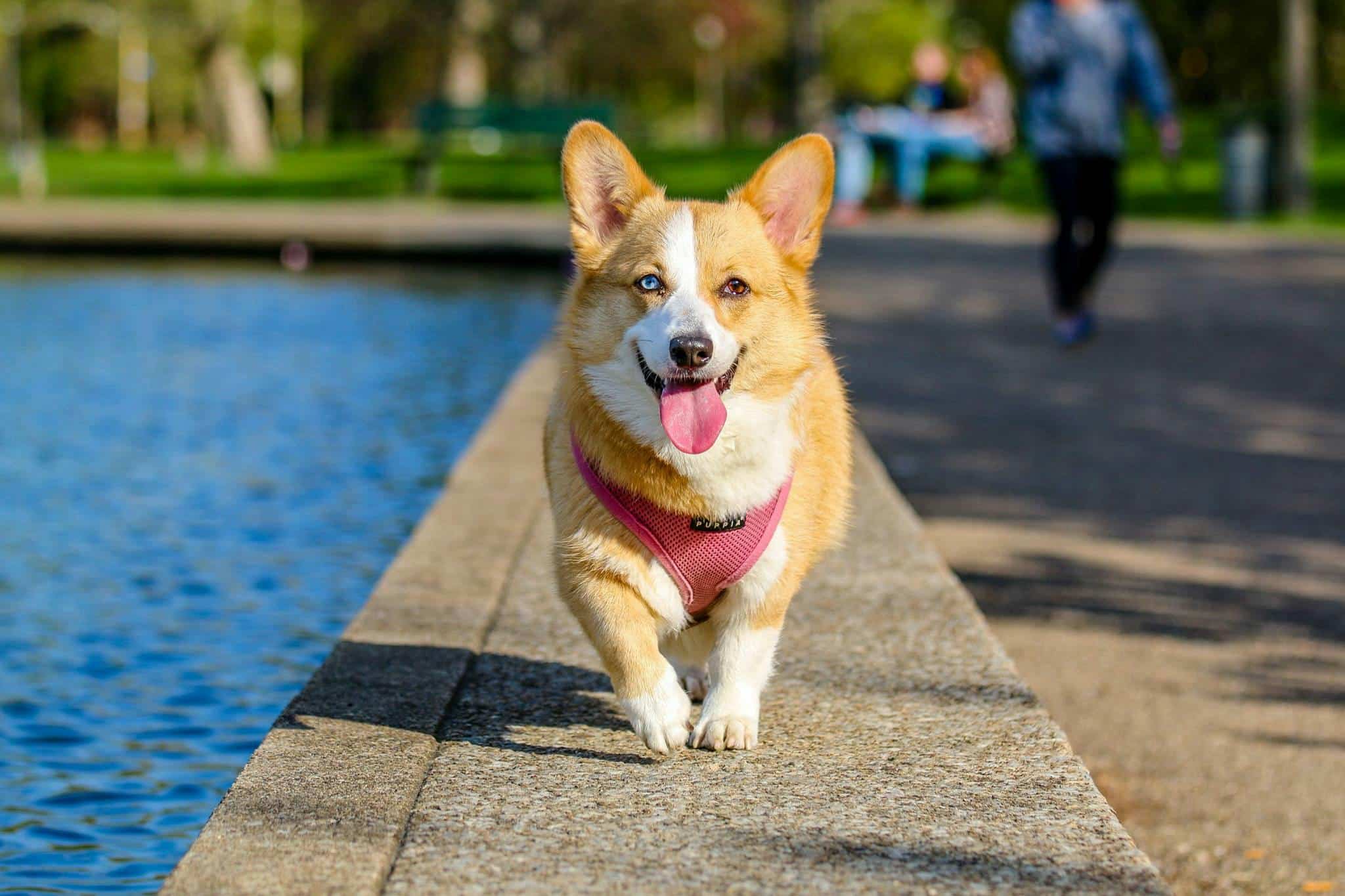How to Train a Dog to Assist with Mobility for a Physically Challenged Owner?

For many people with physical disabilities, everyday tasks can become a source of frustration and difficulty. However, with trained assistance dogs, everyday life can become easier and more manageable. These dogs are trained to perform a variety of tasks to help their owners, including picking up dropped objects, opening doors, and even helping with mobility.
Assistance dogs aren’t just pets; they’re working animals trained to provide real, tangible support to people with disabilities. They offer a unique way for people with physical challenges to regain some semblance of independence, improving their quality of life significantly. But training a dog to assist with mobility is no easy feat. It requires patience, commitment, and a good understanding of dog training principles. Let’s delve deeper into how you can train a dog to provide this invaluable assistance.
A lire en complément : What’s the Best Way to Prevent Hairballs in Long-haired Cat Breeds?
Understanding the Role of a Service Dog
Assistance dogs, often known as service dogs, play a unique role in the lives of people who need them. They are more than just pets; they are working animals that provide valuable assistance. This role is crucial to understand before you begin the process of training your dog, as it requires a specific set of skills and behaviours.
Not every dog is suitable for assistance work. The selection process begins with identifying a dog with the right temperament and physical attributes. Breeds known for their intelligence, trainability, and robust health, such as Labradors and Golden Retrievers, are often chosen for this purpose. The dog must also be friendly, responsive, and comfortable in various environments.
A découvrir également : What Are the Best Low-Impact Exercises for Senior Dogs with Arthritis?
The Training Process
The process of training a dog to assist with mobility involves various steps, each designed to build on previous ones. This is a task best undertaken with the help of a professional trainer or through an accredited training program.
The first step often involves basic obedience training. This is where your dog learns to follow simple commands like ‘sit’, ‘stay’, ‘come’, and ‘heel’. These skills form the foundation for more advanced training later on. It’s crucial that your dog masters these commands, as they will form the basis of their work as an assistance dog.
Next, your dog will be trained in task-specific behaviours. This could include learning to fetch items, open doors, or help their handler to move from place to place. The specific tasks your dog will be trained in depend on your needs.
Once your dog has mastered these tasks, it’s time to work on public access training. This involves teaching your dog to behave appropriately in public places. They must learn to ignore distractions, stay focused on their handler, and behave calmly and confidently in a range of settings.
Working with a Professional Trainer
Working with a professional trainer or a training program offers numerous advantages. They have the knowledge and experience to train your dog effectively and efficiently. They can also provide guidance and support throughout the process, ensuring that your dog reaches their full potential.
A professional trainer will assess your dog’s skills and tailor a training program to suit their needs and abilities. They can also help with problem-solving, offering advice and solutions if your dog struggles with any aspect of their training.
Training a dog to assist with mobility isn’t just about teaching them specific tasks; it also involves training them to work as a team with their handler. A professional trainer can help to build this crucial relationship, ensuring that you and your dog can work together efficiently and effectively.
The Importance of Consistency and Patience
Training a dog to assist with mobility requires time, patience, and consistency. Dogs learn best when training is consistent and when they are rewarded for their successes.
When training your dog, it’s vital to use the same commands and signals each time. Consistency helps your dog understand what is expected of them and makes training more efficient. It’s also essential to reward your dog when they perform a task correctly. Positive reinforcement, such as treats or praise, encourages your dog to repeat the behaviour in the future.
Patience is another crucial factor in training an assistance dog. It takes time for a dog to learn new tasks and behaviours, and it’s important to remember that each dog learns at their own pace. That’s why it’s important to be patient and supportive, providing your dog with plenty of time and encouragement to learn.
Training a dog to assist with mobility is a significant commitment, but it can bring immense rewards. With patience, consistency, and the right support, your dog can learn to provide invaluable assistance, helping to make everyday tasks easier and more manageable for their handler. Whether you choose to work with a professional trainer or undertake the training yourself, the journey towards having a fully trained assistance dog is an exciting and rewarding one.
Practical Application of Assistance Dog Training
The successful training of a service dog to assist with mobility involves more than teaching the dog tasks and commands. It’s about establishing a deep and cooperative relationship between the dog and the handler. A dog trained for mobility service becomes an extension of the person with a disability, providing necessary support and help with daily life activities.
A vital aspect of training a service dog is the practical application of the skills learned. This means that training should not only happen within the confines of a training facility but also in real-life situations. This approach is referred to as public access training and is crucially important for service dogs. Public access training involves creating situations where the dog can practice the skills learned in a variety of settings. This might include a trip to a shopping mall, a park, or a busy street. The aim is to expose the dog to different environments and distractions to ensure that they can perform their duties regardless of the situation.
During public access training, it’s essential that the dog remains focused on their handler, ignoring distractions and remaining calm and collected. The dog needs to respond to commands promptly and carry out tasks efficiently, despite any distractions or interruptions. This level of discipline and focus is what sets service dogs apart from regular pets.
The training also involves teaching the dog to interact appropriately with other people and animals. During this time, the dog learns to control their impulses, not to chase after other animals or jump on people, and to stay focused on their handler at all times. The dog also learns to cope with the noise and activity of public places, to navigate through crowds, and to behave appropriately in different settings.
Over time, and with consistent training, your dog will become confident and reliable, able to provide the assistance you need, wherever you need it.
Conclusion: The Reward of a Well-Trained Assistance Dog
Training a dog to assist with mobility is a significant undertaking that requires time, commitment, and patience. However, the rewards that come from having a well-trained assistance dog can be immeasurable for those living with physical disabilities.
These dogs perform an invaluable service, providing their handlers with a renewed sense of independence and a greatly improved quality of life. They can help with practical tasks such as retrieving dropped items, opening doors, and even helping their handlers to move around. More than that, they provide companionship and emotional support, offering comfort and companionship that can greatly improve their handler’s wellbeing.
The process of training your dog to become a service animal may seem daunting, but with the help of a professional trainer and a commitment to consistent, patient training, it is entirely achievable. Through this training, your dog can become more than just a pet; they can become your partner, your helper, and a crucial part of your daily life. It’s a journey that’s well worth the effort, offering tremendous benefits for both you and your dog.
So, whether you’re starting the journey of training a dog for mobility service, or you’re in the midst of the process, remember to emphasize consistent, positive reinforcement and to have patience. These elements, coupled with the support of a professional trainer, can make all the difference in training an effective, reliable service dog. Your commitment to this process is a testament to your resilience and adaptability, and the bond you form with your dog will be a powerful testament to the capabilities of our canine friends.
